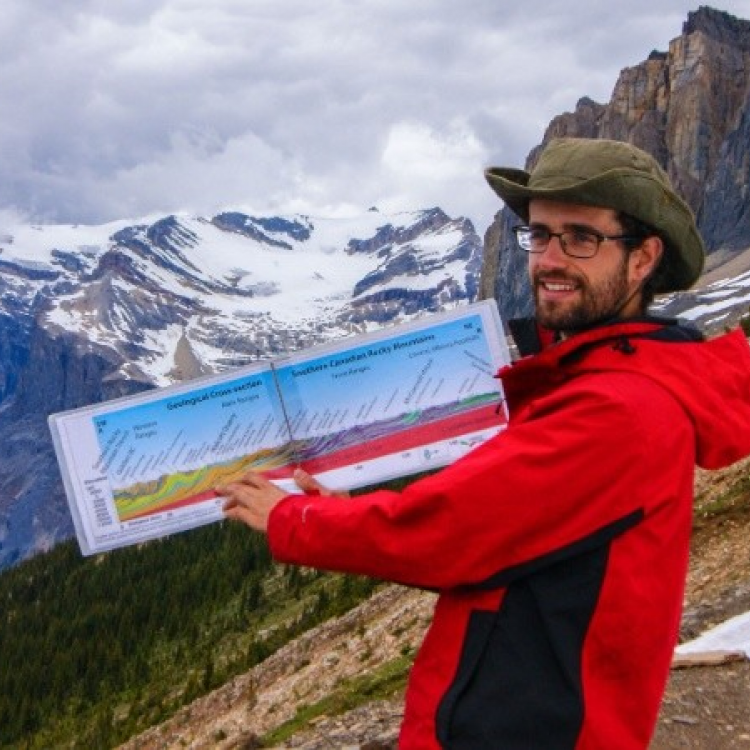Supercritical geothermal systems haves now been attracting attention as a future promising renewable energy in which a potential of hundreds of giga-watts power generation is expected in Japan as a whole. Because the heat-resistant performance of roller cone bits that are conventionally used in geothermal drilling is naturally limited by the sealed bearing mechanism and its materials, PDC bits are considered suitable for supercritical geothermal drilling where the formation temperature is estimated to exceed 400°C. In Japan, however, hard and complex formations make it difficult to utilize the PDC bit in most geothermal fields. The authors have proposed the concept of an innovative drilling tool named the thermal-shock enhanced (TSE) drill. The TSE bit is a hybrid PDC bit that has an internal Venturi depressurization mechanism. Drilling fluid pressure can be rapidly reduced just below the TSE bit by the mechanism. In addition to the prevention of chip hold-down effects caused by the drilling fluid pressure, the rapid deduction of pressure would favorably induce the vaporization of drilling fluid, subsequent cooling by the latent heat of vaporization, and consequently thermal shock or thermal stress failure of hard formation rock that enhancing the drillability of the formation by the TSE bit. In this study, a computational fluid dynamics simulation was performed to evaluate the pressure reduction performance and to optimize the design of Venturi nozzle and flow lines of the TSE bit. Based on the numerical simulation, feasibility of the TSE bit for supercritical geothermal drilling is discussed.
Date
Date and Time
October 22, 2020 03:45 PM (PDT)–04:45 PM (PDT)
Abstract
Speakers
Session Code
TSTHA13







































































































































































































































